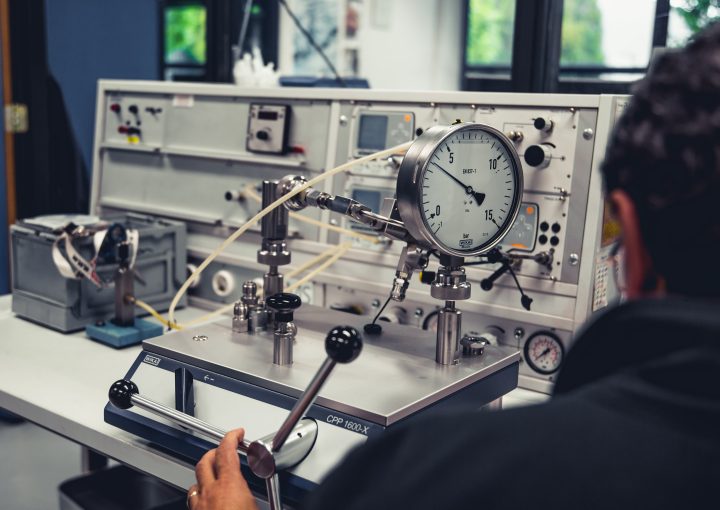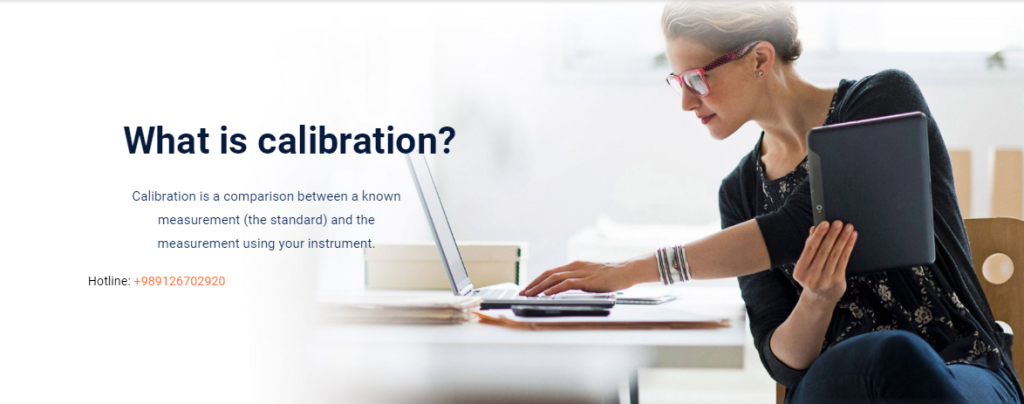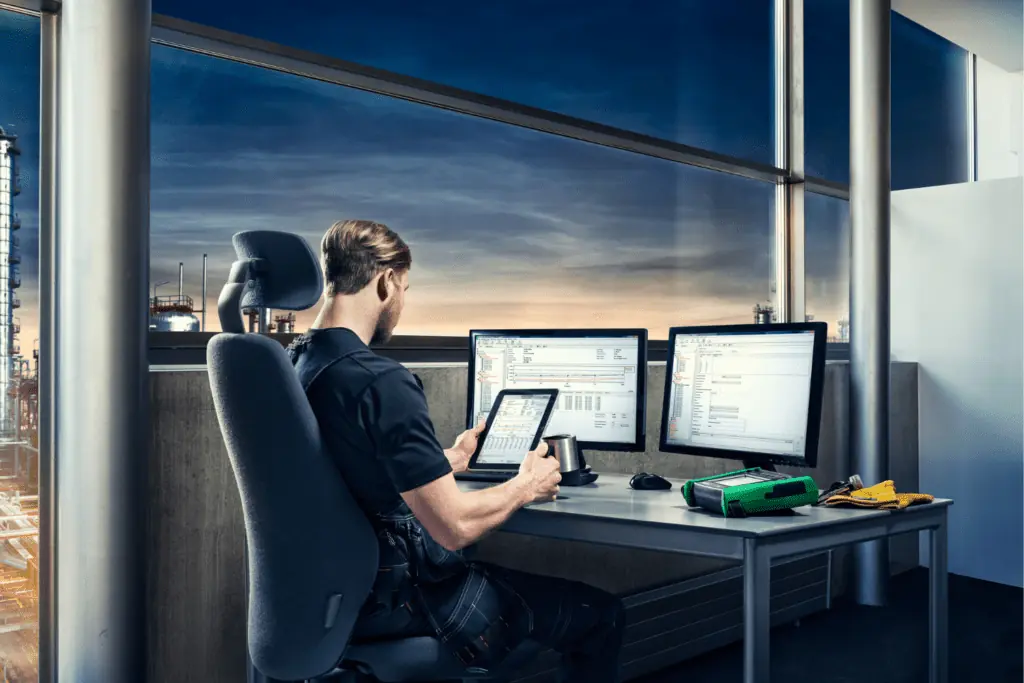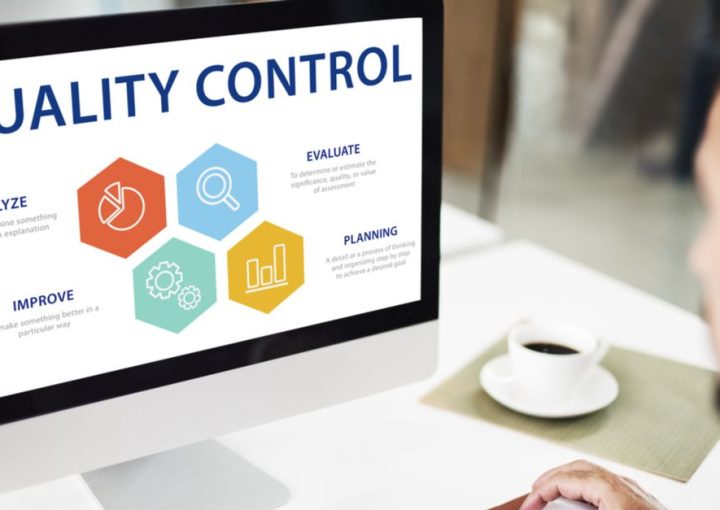


What is calibration?
Calibration is a comparison between a known measurement (the standard) and the measurement using your instrument. Typically, the accuracy of the standard should be ten times the accuracy of the measuring device being tested. However, accuracy ratio of 3:1 is acceptable by most standards organizations.
Calibration of your measuring instruments has two objectives. It checks the accuracy of the instrument and it determines the traceability of the measurement. In practice, calibration also includes repair of the device if it is out of calibration. A report is provided by the calibration expert, which shows the error in measurements with the measuring device before and after the calibration.
Why calibration is important?
The accuracy of all measuring devices degrade over time. This is typically caused by normal wear and tear. However, changes in accuracy can also be caused by electric or mechanical shock or a hazardous manufacturing environment (e.x., oils, metal chips etc.). Depending on the type of the instrument and the environment in which it is being used, it may degrade very quickly or over a long period of time. The bottom line is that, calibration improves the accuracy of the measuring device. Accurate measuring devices improve product quality.
When should you calibrate your measuring device?
A measuring device should be calibrated: According to recommendation of the manufacturer. After any mechanical or electrical shock. Periodically (annually, quarterly, monthly) Hidden costs and risks associated with the un-calibrated ...
What constitutes a calibration management process?
1) Identification
2) Organization
3) Execution
What is calibration management software?
What is calibration management software?
As the manufacturing industry expands, so does the need to have greater control over management processes. As this need has increased, so has the requirement for better management of the equipment that is used to measure and control manufacturing processes. Industrial devices like weighing instruments and pressure sensors require regular calibration to ensure they are performing and measuring to specified tolerances. Given the volume of assets and equipment that need to be managed and calibrated, this can become a fairly daunting task for any equipment manager....
What constitutes a calibration management process?
Before we go further into the need of having a calibration management solution, its features, and benefits – it is important to consider the typical calibration management tasks that businesses have to undertake. Listed below are some steps that constitute a typical calibration management process:...

The need for a calibration management solution
As businesses expand, so do their equipment. This increase in business equipment also increases the amount of manual documentation that needs to be done almost exponentially. In the Power & Energy sector, for example, almost 33% have more than 5,000 instruments that require calibrating. Moreover, around 42% of companies perform more than 2,000 calibrations each year.
Core features of a calibration management software
Choosing the appropriate type of software for your organization is a complicated process, especially if you don’t know where to begin. The first factor to consider is the business goals and objectives you want to attain. Next, comes the utilization strategies you would want to adopt in achieving those. Different businesses have different calibration needs.

Benefits of a calibration management software
An automated calibration management software offers a variety of benefits to businesses. These range from reduced costs and increased efficiency to greater control over equipment maintenance and management. Listed below are some of the most highlighted benefits that a calibration management solution has to offer.
Implementation of a calibration management software
Now that we’ve discussed the benefits of a calibration management software, it is important to know how to successfully incorporate a CMS app into your business. A successful implementation requires an understanding of how your current workflows are going to fit in the software. Below we have listed some tips that will help you implement a calibration management solution, effectively.
Contact us to secure your needs.
Let’s collaborate and make an impact with our cross-discipline approach to design and deveopment.


